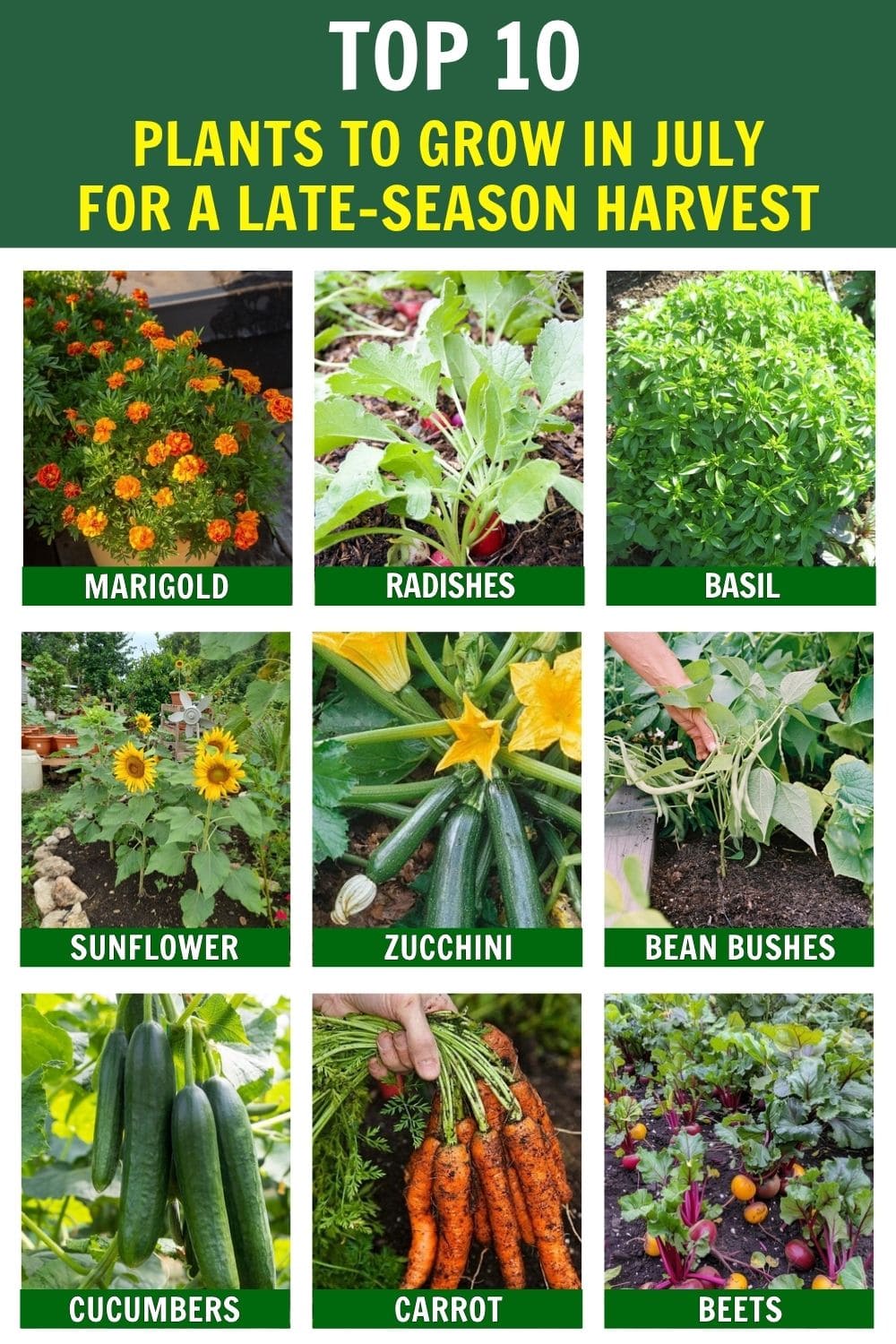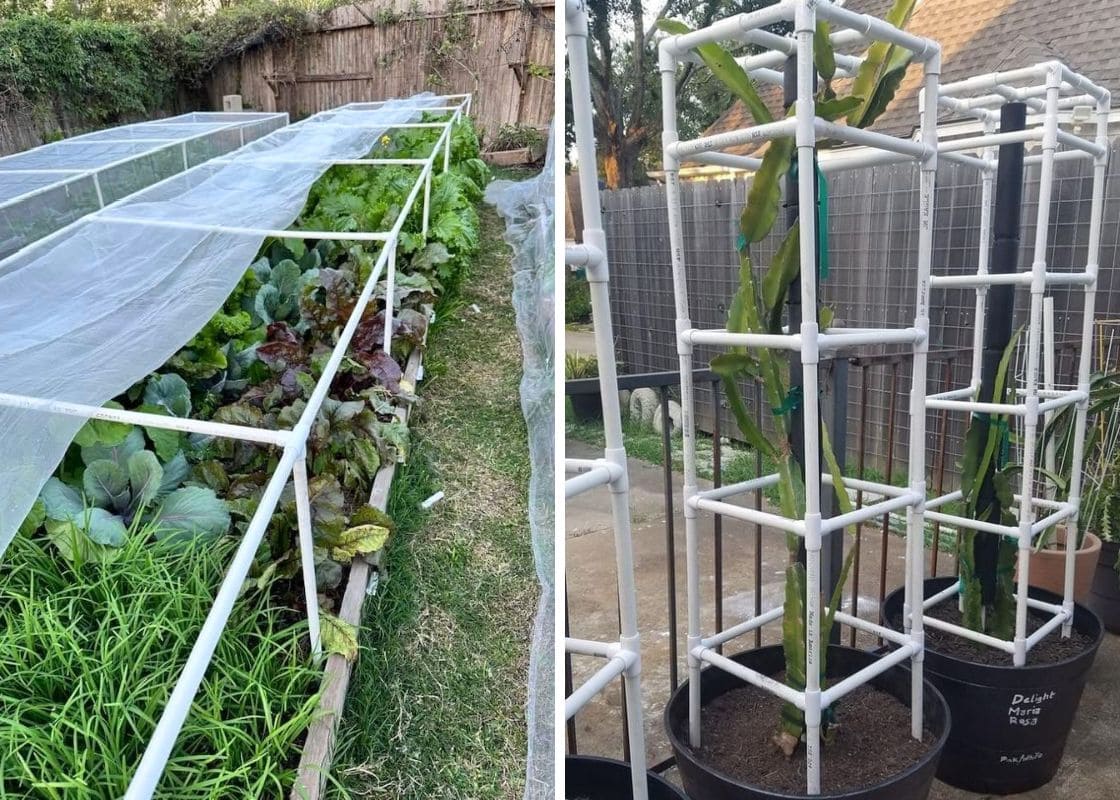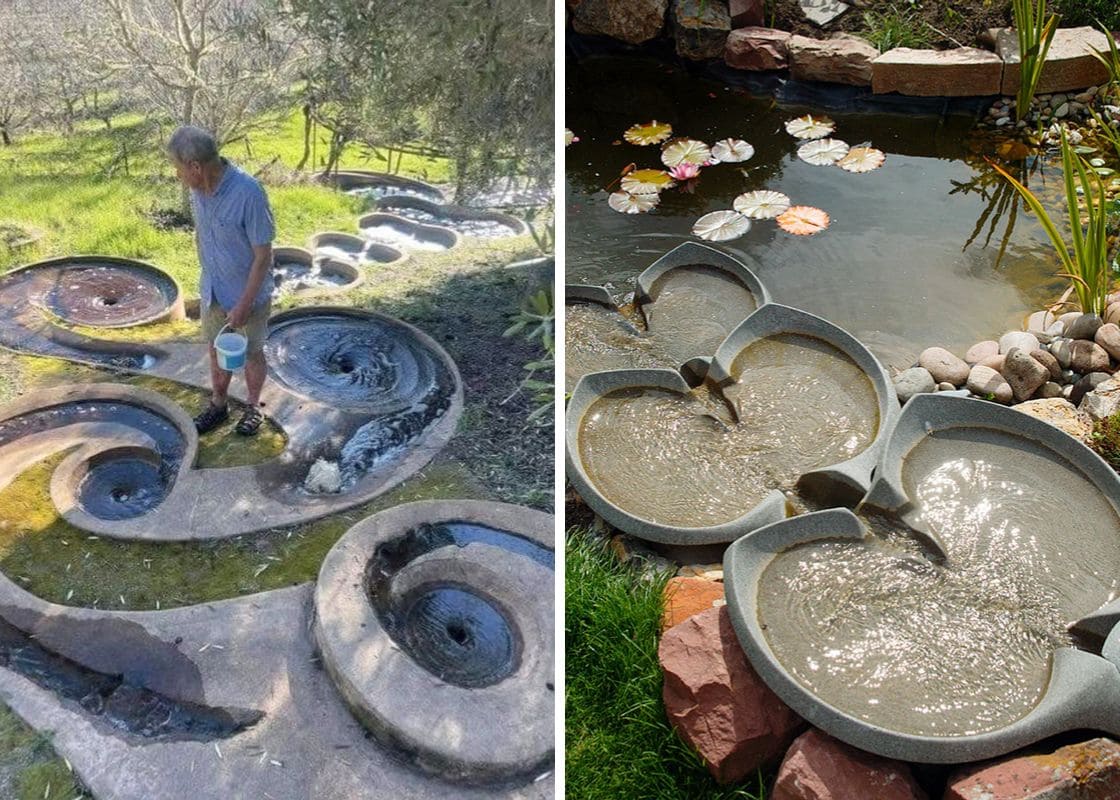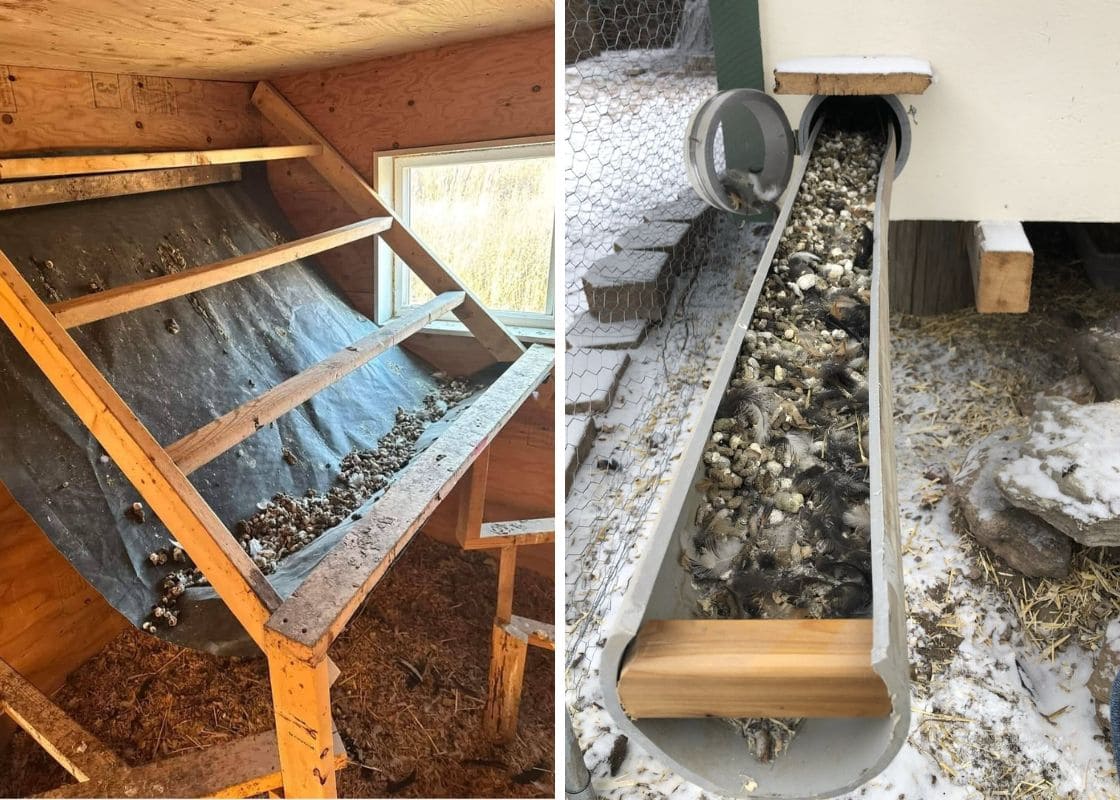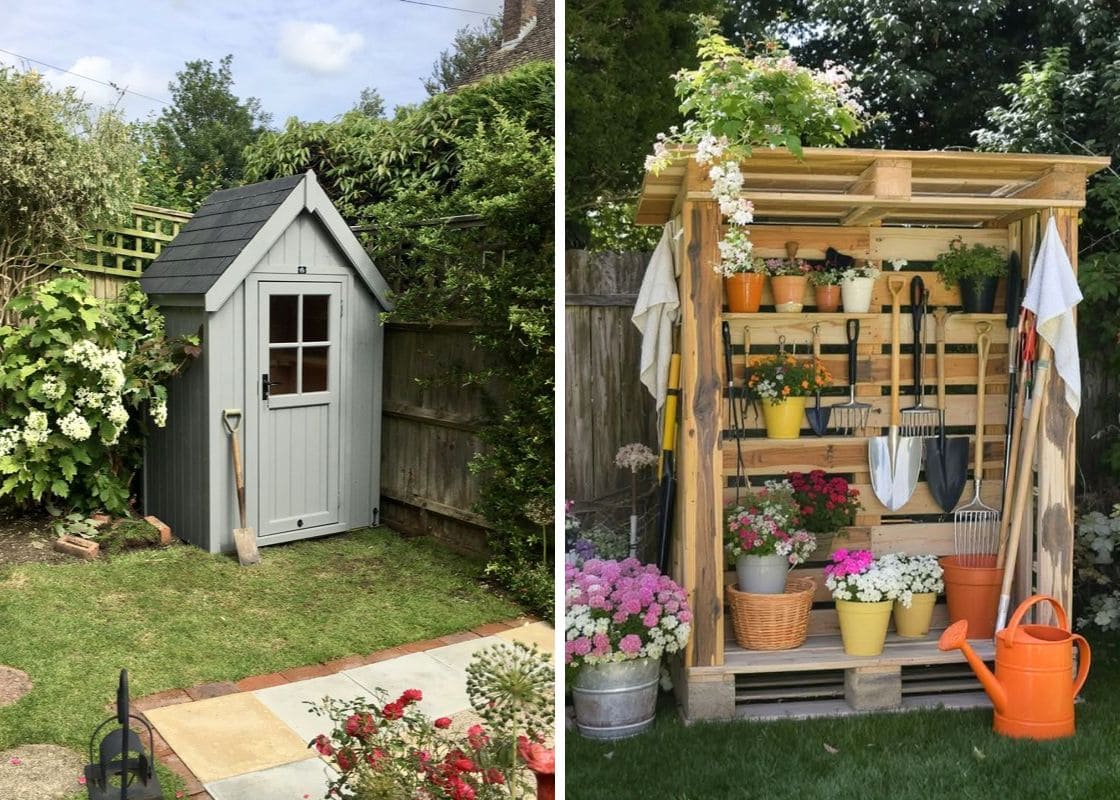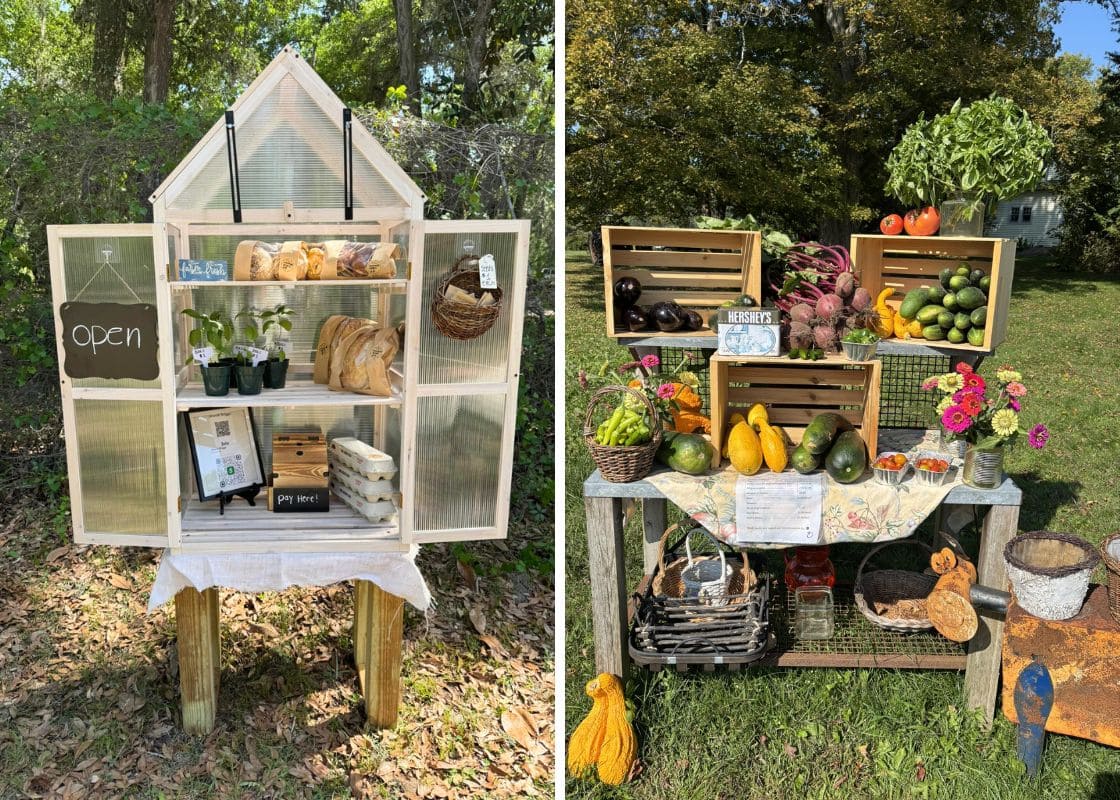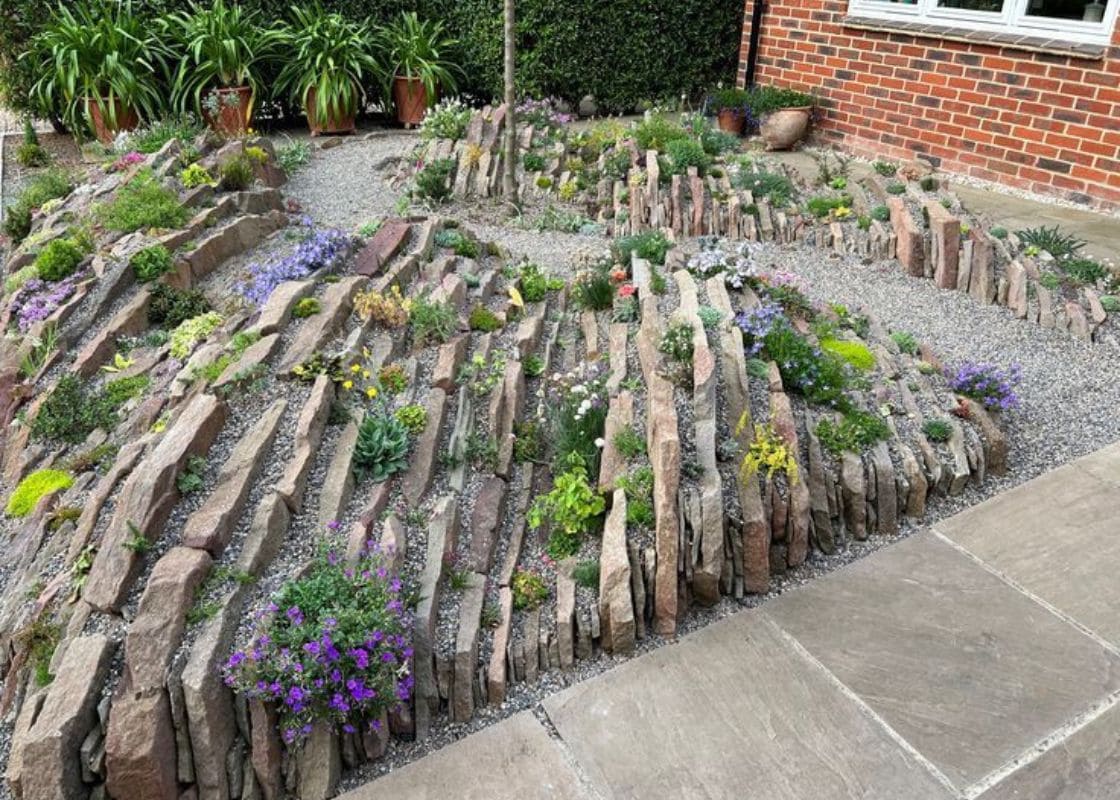Even in July, it’s not too late to aim for a fall harvest. July might feel like the dog days of summer, but it’s actually one of the best times to give your garden a little boost.
I’ve found this warm month offers unique opportunities from planting fast-growing veggies to sowing bright flowers that pop through fall.
Yes, the sun is fierce, but a few simple adjustments like mulching, choosing heat-tolerant plants, and watering wisely can keep your garden thriving well into autumn.
Let’s dive into what thrives best when planted in July.
1. Bush Beans
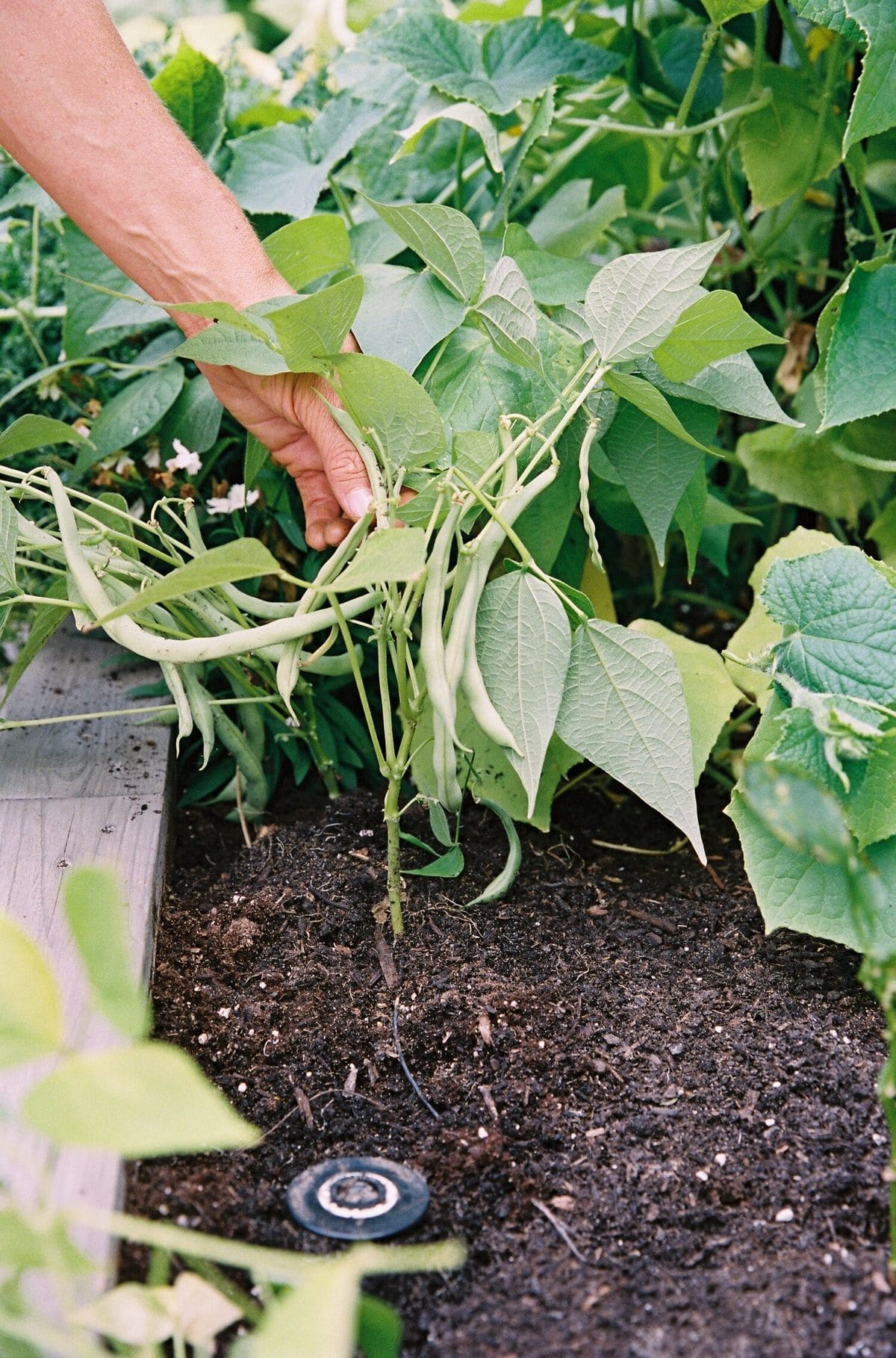
- Botanical name: Phaseolus vulgaris
- Time to harvest: 50-60 days
- USDA Zones: 3-10
Bush beans are perfect for July as they love the warmth and germinate quickly in loose, well-draining soil.
Unlike pole beans, they don’t need a trellis, so they’re ideal for smaller garden beds or container growing. Keep the soil evenly moist during flowering, as dry spells can drop blossoms and reduce yield.
One trick seasoned gardeners use is inoculating bean seeds with rhizobium bacteria before planting to boost nitrogen fixation.
You’ll also notice fewer pests if you interplant them with strong-scented herbs like dill or rosemary.
2. Zucchini (Summer Squash)
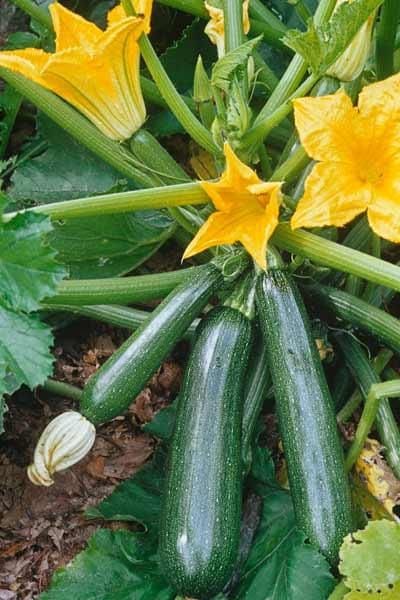
- Botanical name: Cucurbita pepo
- Time to harvest: 45-60 days
- USDA Zones: 3-10
Zucchini seems to leap out of the soil this time of year. With high heat and regular watering, you’ll start harvesting in under two months.
One plant can produce dozens of squashes, especially if you pick them small and often.
Here’s a pro tip: bury part of the stem when transplanting; it encourages stronger root systems. Also, hand-pollination can drastically improve fruit set if bees are scarce.
If you’re battling powdery mildew, a baking soda spray (1 tsp per quart of water with a few drops of soap) can keep leaves healthy and productive.
3. Beets
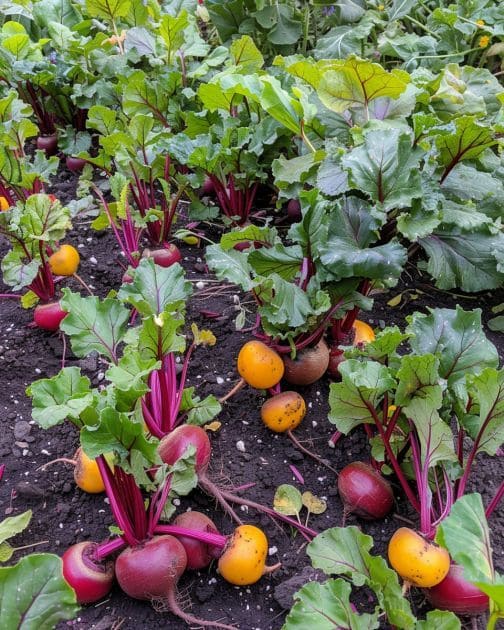
- Botanical name: Beta vulgaris
- Time to harvest: 55-70 days
- USDA Zones: 2-10
Beets are surprisingly tolerant of summer heat, especially when grown in partial shade. Their dual-purpose nature makes them a staple crop in my July garden.
You want to soak seeds overnight before sowing to speed up germination. Thin seedlings early to about 3 inches apart to give roots space to swell.
Specially, beets contain betalains, powerful antioxidants that support detoxification and reduce inflammation. If your soil is acidic, sprinkle a little wood ash before planting as it gives beets a better flavor and richer color.
4. Cucumbers
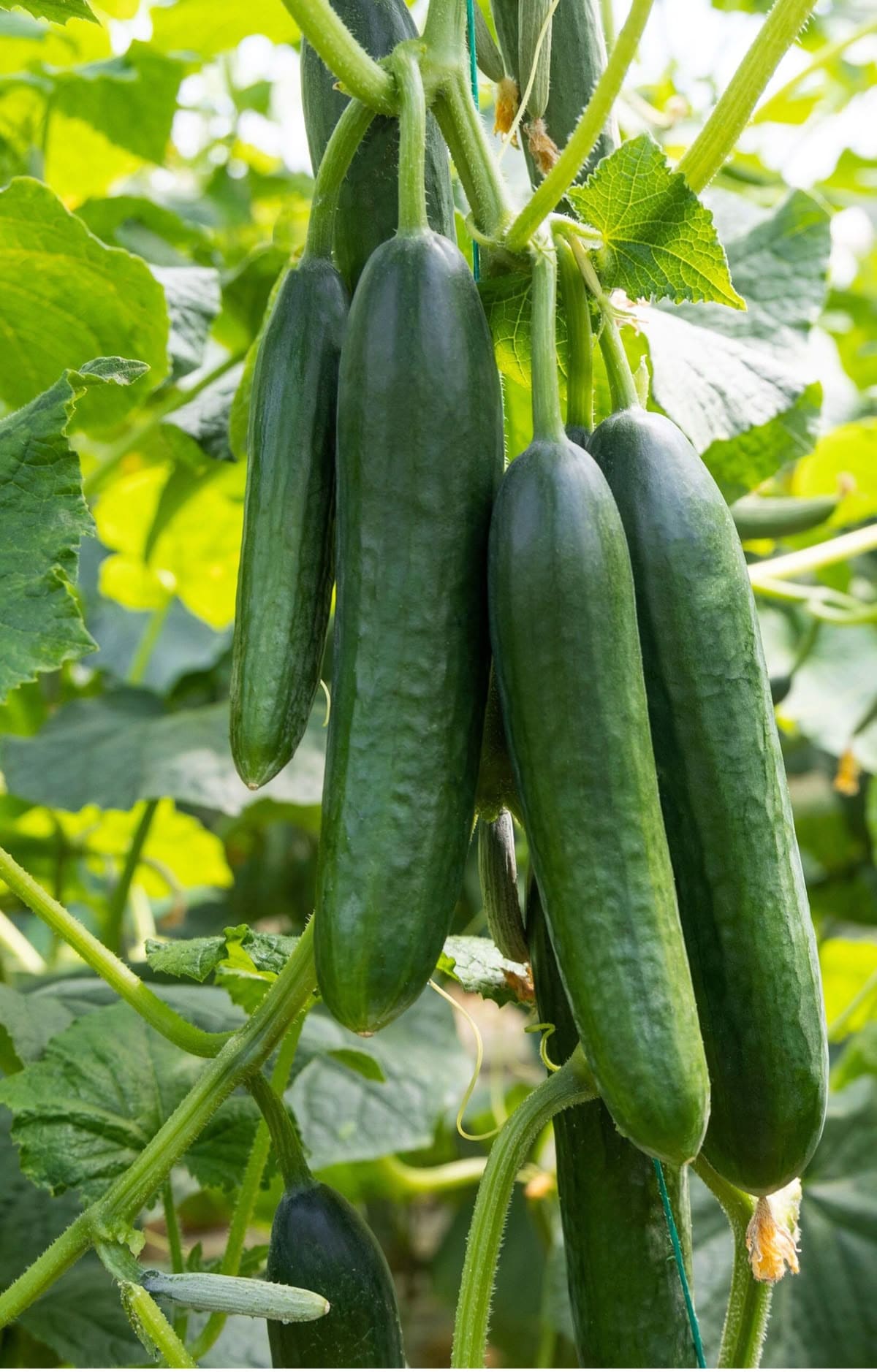
- Botanical name: Cucumis sativus
- Time to harvest: 50-65 days
- USDA Zones: 4-11
Planting cucumbers in July gives you a late flush of crisp, refreshing fruits. They need full sun, rich compost, and consistent watering, especially while fruiting.
For sweeter cucumbers, avoid water stress. Try training them on a vertical trellis to save space and improve air circulation, which also helps prevent powdery mildew.
You can also mulch heavily with straw to keep the soil cool. For pickling varieties, harvest often and early for that perfect crunch.
5. Carrots
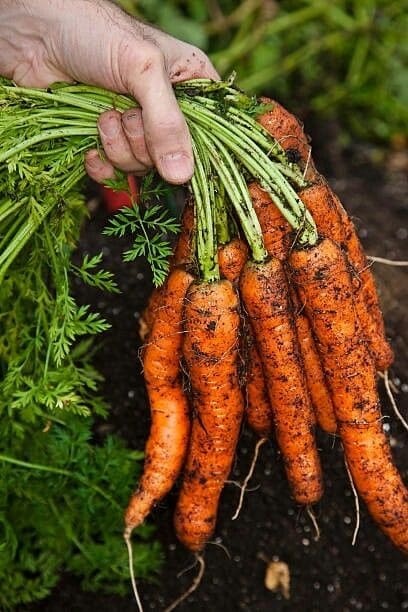
- Botanical name: Daucus carota
- Time to harvest: 60-80 days
- USDA Zones: 3-10
Carrots might be a bit stubborn in the heat, but if you can keep the seedbed moist, they’ll reward you with extra-sweet roots come fall.
They benefit from loose, rock-free soil and a bit of patience as they’re slow to germinate, sometimes taking up to 20 days.
Planting them in July sets them up to mature during the cooler days of fall, which naturally enhances their flavor. Try mixing sand into the topsoil to help roots grow straighter and prevent forking.
6. Radishes
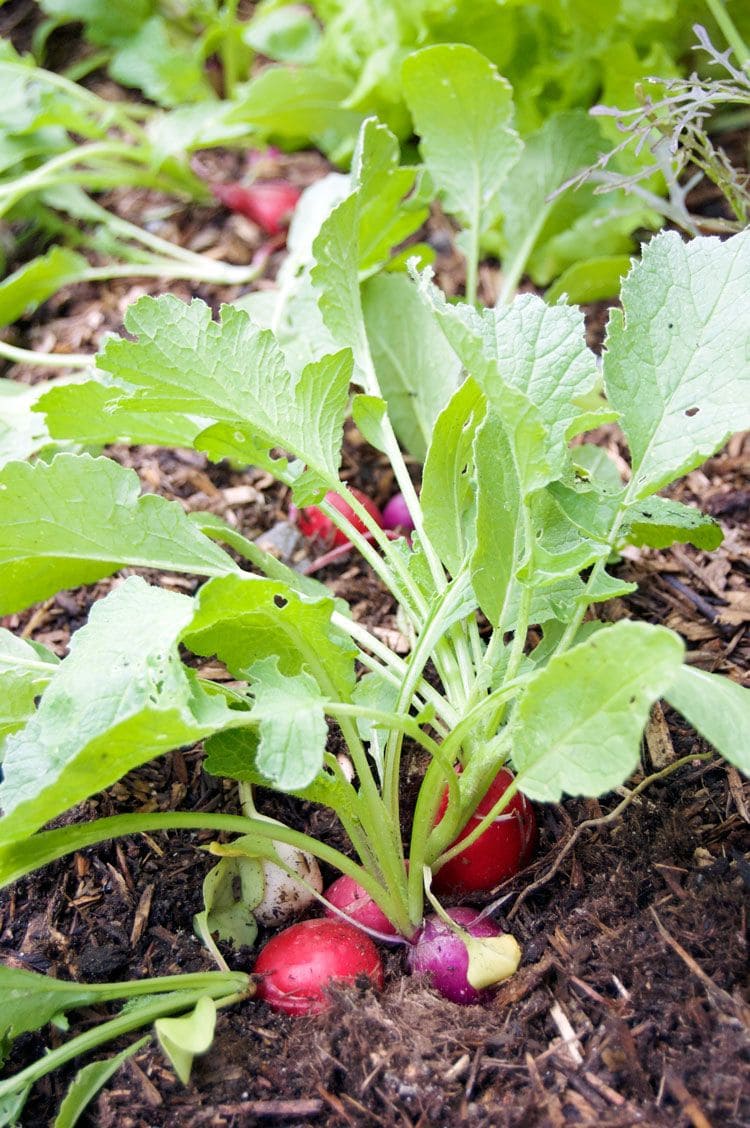
- Botanical name: Raphanus sativus
- Time to harvest: 20-30 days
- USDA Zones: 2-10
Radishes are one of those crops that never fail to impress with speed. In the July heat, they grow rapidly, but you’ll need to provide a bit of shade during the hottest part of the day to avoid bolting.
Some gardeners sow radish seeds between slower-growing crops like tomatoes to maximize space and help with soil aeration.
If your radishes turn out woody or overly spicy, it usually means they lacked water or stayed in the ground too long. You can also eat the greens as they’re rich in calcium and perfect for sautéing.
7. Basil
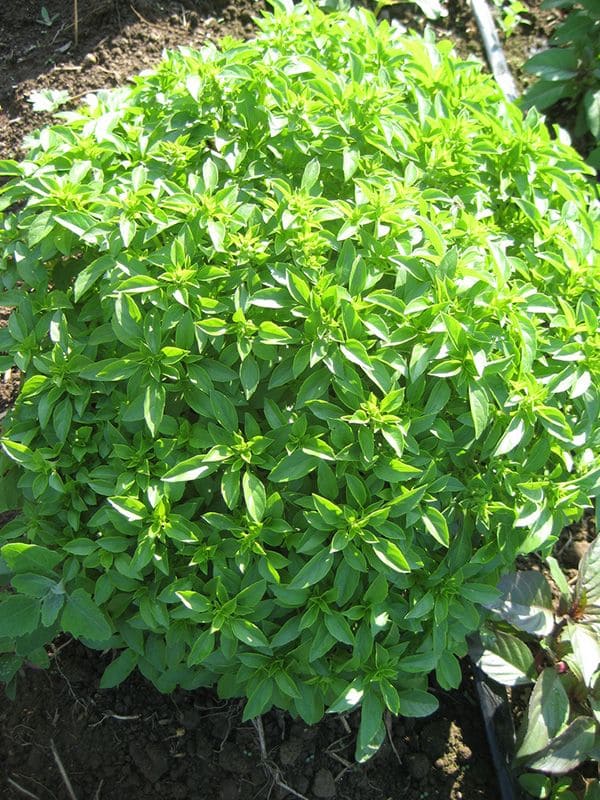
- Botanical name: Ocimum basilicum
- Time to harvest: 30-45 days
- USDA Zones: 4-11
Basil is the herb of high summer. The more you harvest, the more it grows, just make sure to pinch off flowers to keep it leafy.
Basil loves well-drained soil and consistent watering. If you notice yellowing leaves, try feeding with a balanced organic fertilizer or compost tea.
A fun tip is that you grow basil near tomatoes, not just because they go well together on your plate, but because basil actually helps repel thrips and aphids in your garden.
8. Turnips
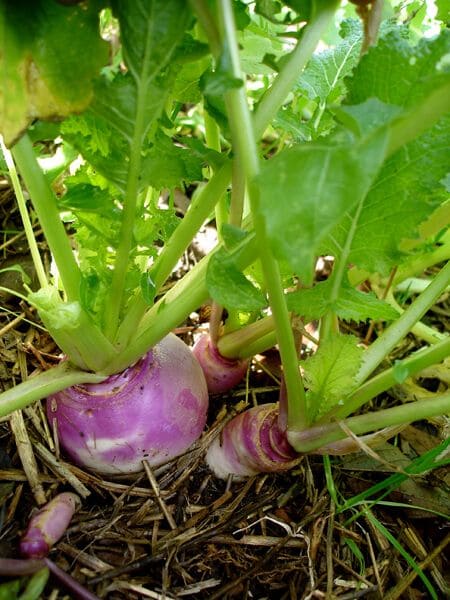
- Botanical name: Brassica rapa
- Time to Harvest: 40-60 days
- USDA Zones: 3-9
Turnips grow fast and don’t mind summer heat as long as you keep them well-watered. The greens are nutrient-rich, especially in vitamins A and C, and can be harvested earlier than the roots.
To get sweeter turnips, add compost before planting and avoid over-fertilizing with nitrogen, which can cause too much leafy growth and smaller roots.
Many gardeners don’t know that turnips can actually handle a bit of frost, so they’re ideal for succession planting into fall.
9. Sunflowers (Dwarf Varieties)
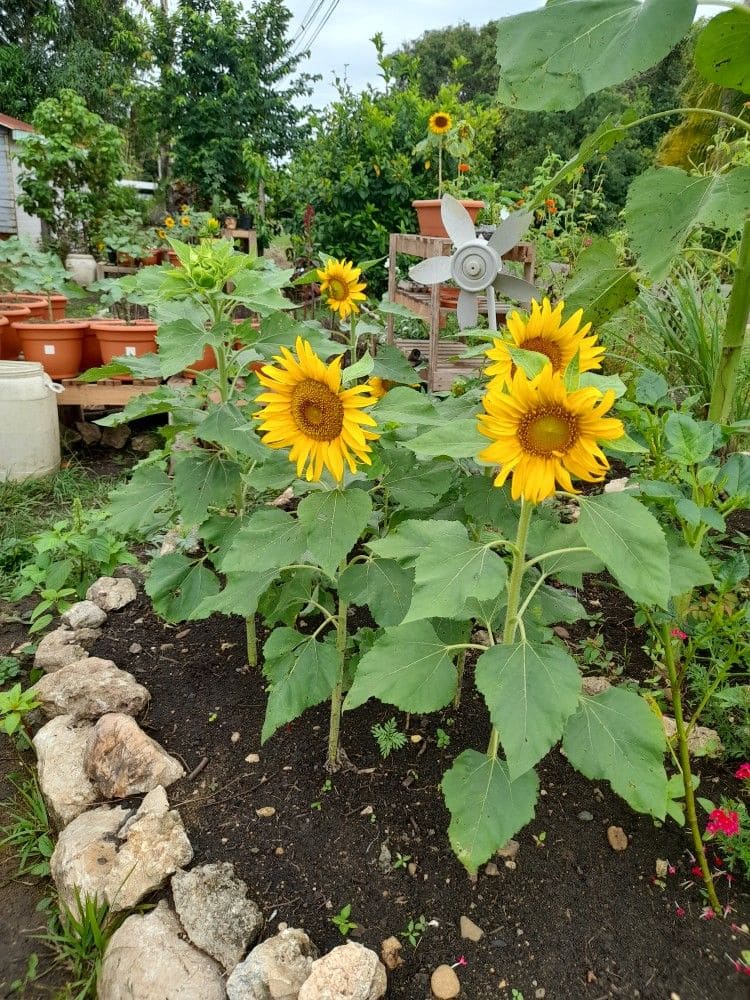
- Botanical name: Helianthus annuus
- Time to bloom: 60-70 days
- USDA Zones: 4-9
Sunflowers aren’t just pretty, they’re beneficial. They attract pollinators, break up heavy soils with their long roots, and even sequester heavy metals from the soil.
Dwarf varieties are great for small gardens or container setups and bloom quickly when planted in July.
Sow directly in full sun and water regularly until established. Once they take off, they’ll need minimal care.
In addition, you should rotate sunflowers each year to avoid depleting the soil too much, especially if you’re growing edible varieties for seeds.
10. Marigolds
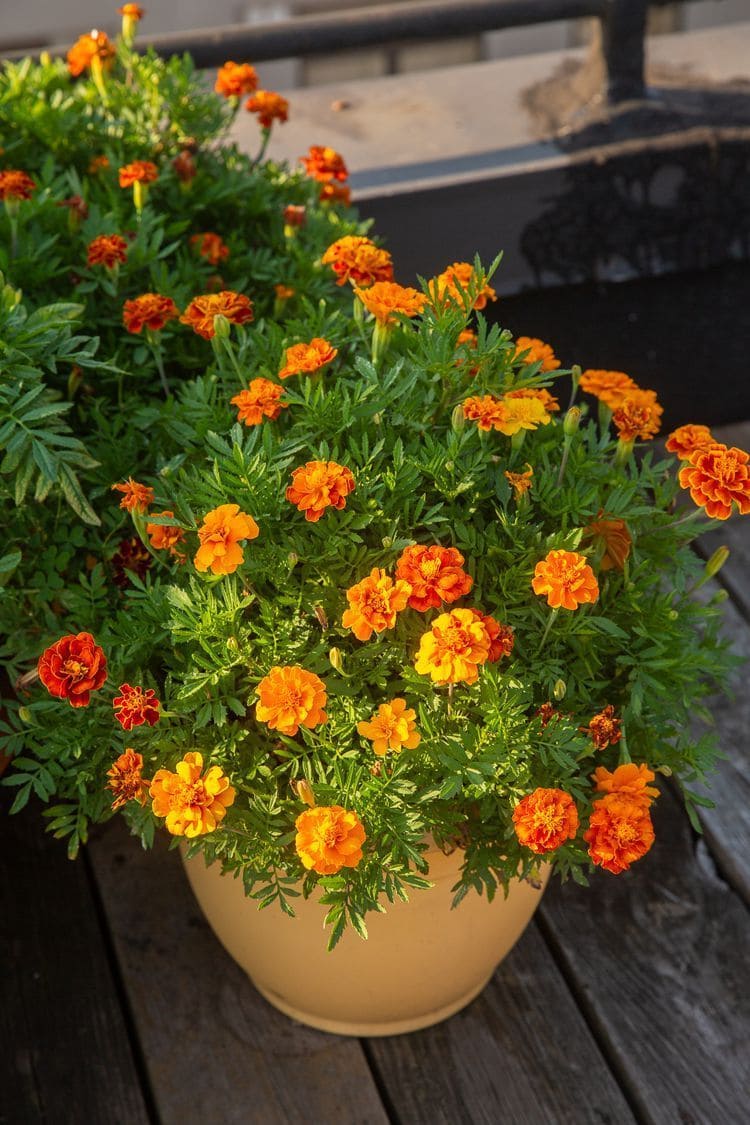
- Botanical name: Tagetes spp.
- Time to bloom: 45-60 days
- USDA Zones: 2-11
Marigolds are more than a bright face in the garden as they’re natural pest repellents, especially effective against nematodes and aphids.
Plant them around tomatoes, peppers, or beans to keep harmful bugs at bay. They’re tough as nails in the heat and don’t mind poor soil.
Deadheading flowers every few days encourages more blooms. Also, let a few marigolds go to seed in fall, and you’ll have self-sown plants popping up next spring.
